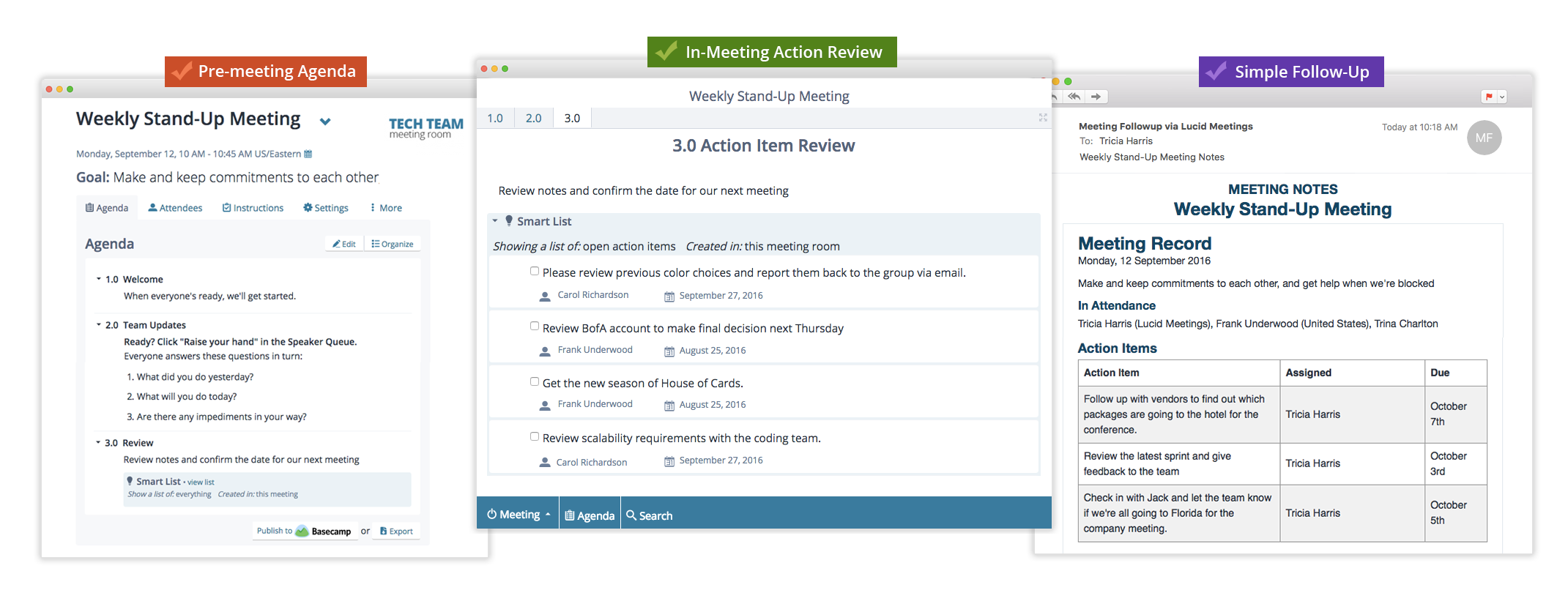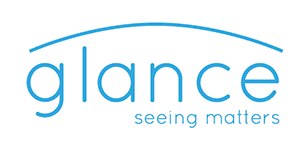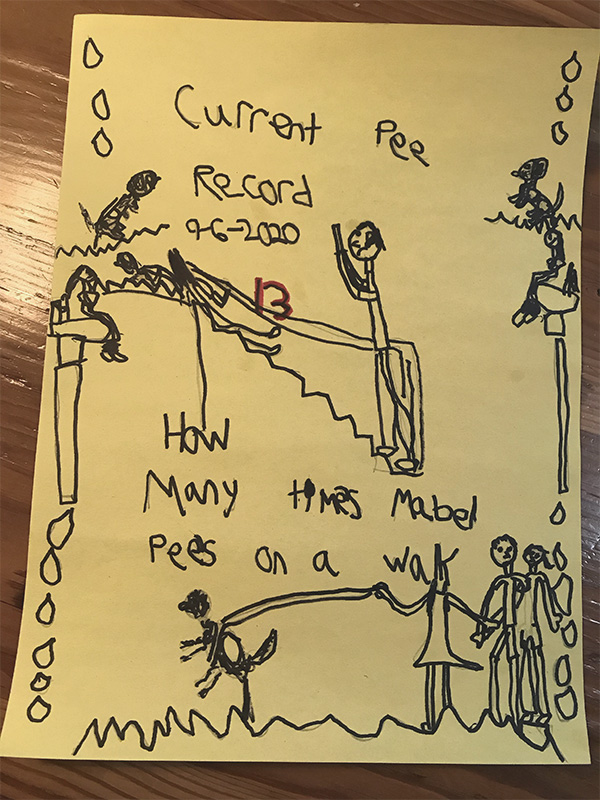A Technology Platform for Business Meetings (2022 update)
Last update: Aug 17, 2022
When we conceived of Lucid Meetings, we set out to create a meeting system that embedded the knowledge and processes we’d been exploring into a technology service that organizations could readily adopt; an expert system of sorts to help them avoid much of the pain we’d all experienced in our prior business improvement initiatives.
Our mission for the software platform then, and now, was pretty straightforward:
To build the world’s most inclusive, connected, and informed online meeting platform, empowering people at all levels of an organization to readily lead exceptional work meetings.
In terms of the Meeting Performance Maturity Model, the Lucid Meetings technology platform fits into level 4 (systematized), where the organization is deploying standardized technology systems to support an effective communication architecture.
It’s About Total Meeting Success, Not Just Technology
The biggest evolution in our thinking over the past ten+ years has been to move beyond “technology as the solution” and embrace more fully the entire human meeting experience.
This is why you’ll see us focus strongly on helping people learn the essential skills they need to successfully leverage the technology platform, and why you’ll see free learning resources throughout our website and in the software itself.

Let’s Talk About Augmented Meeting Services
“Augmented meeting services improve the preparation, facilitation, execution, and follow-up activities for business meetings”
– Q3 2022 Constellation ShortList
Lucid Meetings Named to the Q3 2022 Constellation ShortList for Augmented Meeting Services
Lucid Meetings is a meeting service that augments the human experience, the meeting experience, and the organization’s existing systems in the quest for meeting excellence.
So let’s take a look at what augmentation means, starting with the Constellation Research™ threshold criteria for augmented meeting solutions. I’ve organized their criteria, below, along the human, meeting, and organization lines we think about.
The Human Experience
Regarding the human experience, the Constellation Research™ threshold criteria include:
- Ease of setup, scheduling and meeting delivery
- Preparation features: agenda/goal setting, participant profiles and selection, background material preparation, facility/equipment booking
- Follow-up features: assignment tracking, automated summaries, recommended next steps, future meeting scheduling
- Integration with business calendars
And I would also add:
- Best practices for planning and preparing successful meetings
- Examples, guides, templates, and instructions for running specific meetings
- Feedback mechanisms for fostering continuous improvement in meeting leaders
The Meeting Experience
Regarding the meeting experience, the Constellation Research™ threshold criteria include:
- Collaboration features: collaborative note-taking, chat, voice, video, annotations and commenting, real-time reactions, sharing to other tools
- Facilitation features: automated note-taking, audio transcription, keyword flagging, sentiment analysis and people/object recognition in videos, surveys
- Integration with web conferencing and enterprise project/task management
And I would also add:
- Integration with specialized collaboration tools, including:
The Organization’s Systems
Regarding the meeting experience, the Constellation Research™ threshold criteria include:
- Administrative controls
- Analytics/metrics/usage dashboards (personal-, team- and meeting-specific)
- Integration with enterprise project/task management, corporate goal tracking, and customer relationship management
- Search and discovery capabilities
- Security: access roles, administration roles, encryption
And I would also add:
- Full meeting history with search capability
- Pre- and post-meeting action item management
- Targeted search history for prior Decisions, Issues, and Parking Lot items
Meet The Lucid Meetings System
The underlying premise of the Lucid Meetings System is that knowledge plus process will set you free, and that software (done well) can handle much of the meeting minutiae and daily drudgery for you.
With this in mind, we’ve built a system that guides you and anticipates what you’ll need to do next.
An Overview of Lucid Meetings
The New User Guide presents one of the easiest ways to get a sense for working in the Lucid Meetings System. This is a quick, visual overview of how you (as either the leader or participant) interact with the system on a day to day basis.
You’ll see a strong focus on “the meeting” — creating it from a starting template, getting it on the calendar, notifying participants about what to expect, running the synchronous (interactive) meeting, and sending the automated meeting record to everyone invited.
Professional Meeting Records and History
At the end of the day, something useful ought to come from your meetings. We can debate what the useful outcomes might be, but certainly some shareable artifacts help to capture what’s relevant during the meeting, after the meeting, and in some distant future yet to come.
Automatically Created Meeting Records
Lucid Meetings makes it trivially easy to produce meeting records that people will actually use, whether that’s in the form of documents or note (and action item) activity streams.

Easily Share your Meeting Outcomes
Of course, we know that records from a single meeting are nominally useless. The real question is how those records are put to use in your organization. One obvious answer is to distribute information about what happened in the meeting to people who weren’t in that meeting! This is helps to alleviate perceptions around transparency, or the lack thereof (see: the unfortunately painful story at the top of this post).
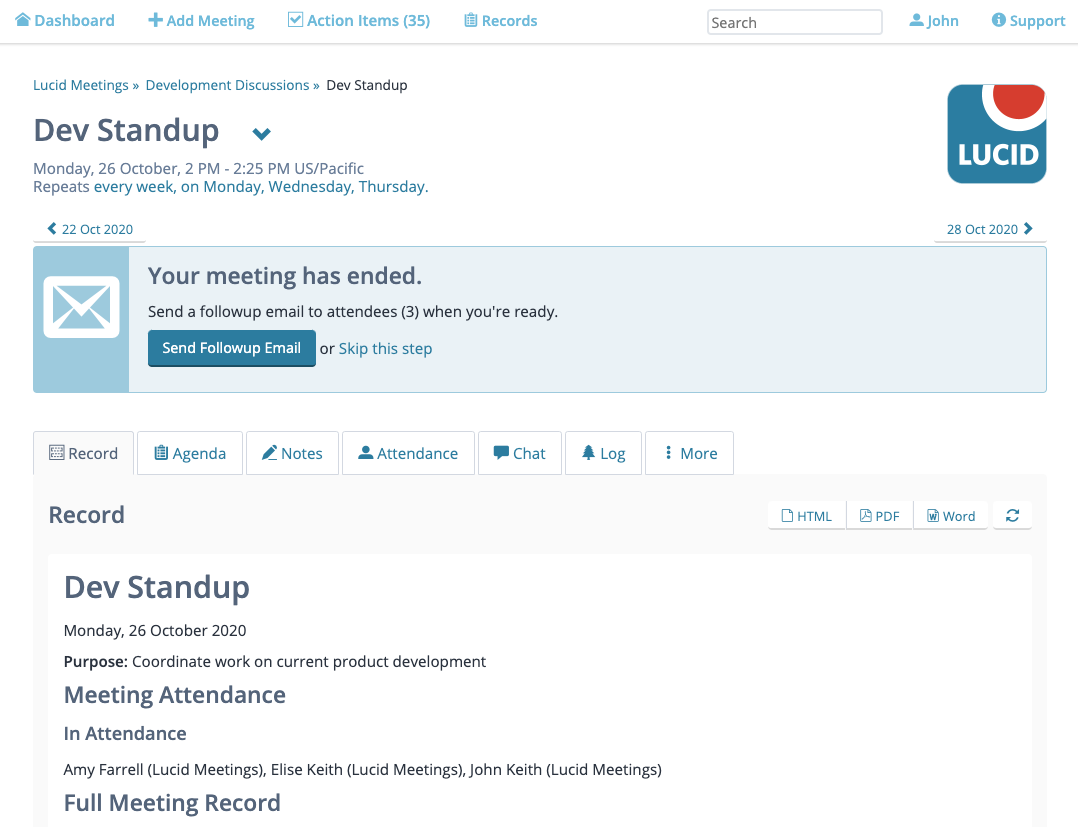
Capture Meeting History Over time
Another useful result comes from creating an automatically generated, searchable organized meeting history accessible to everyone. Not sure when a decision was made, or who participated in that decision? No problem; it’s right there at your fingertips.
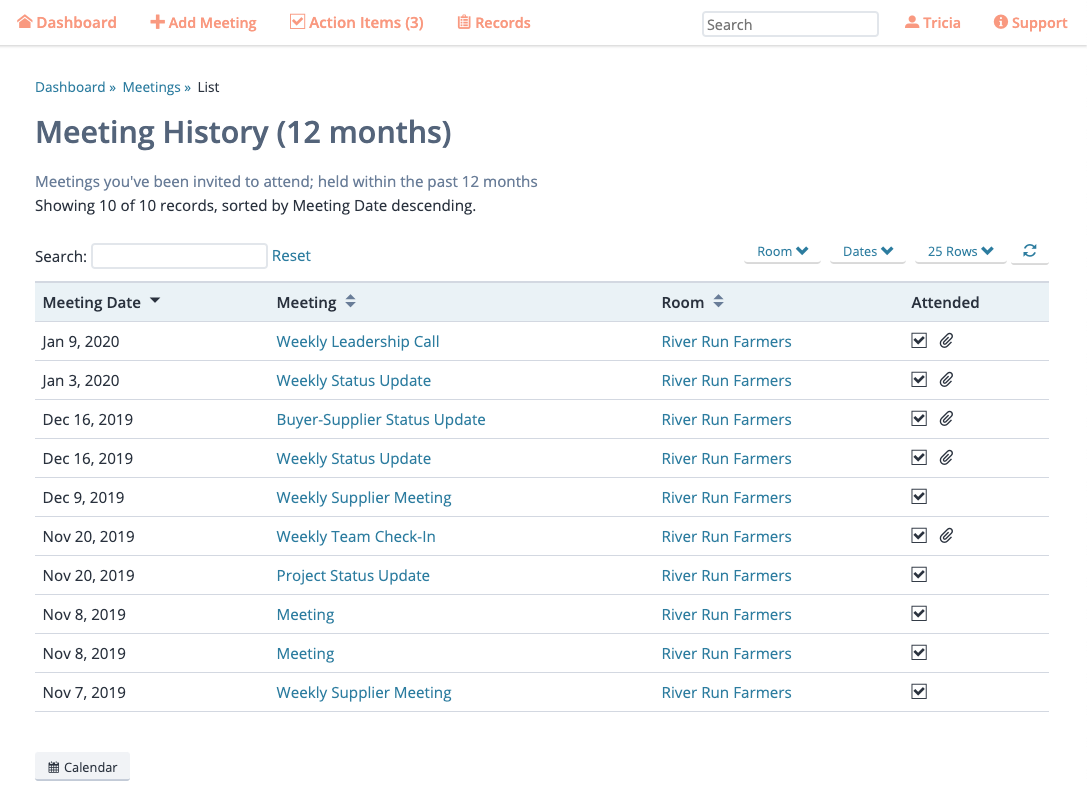
Automation Puts Your Meeting Results to Work
One our core tenets for Lucid Meetings is that we’re a workhorse of a system. We’re not really here to look pretty and strut around, but rather to keep information flowing between people and among disparate parts of the organization. In particular, it should be easy to act upon meeting results between meetings, and to bring the results of those actions into future meetings.
Here are a few examples of “Smart Lists” that bring information from previous meetings into your current meeting context:
-
Review open action items from prior meetings:

-
Show a list of tagged notes created outside the meeting:

-
Review a list of all notes and action items from this meeting:

-
Review a list of all decisions made since our last meeting:

Meeting Analytics for Continuous Improvement
You can’t improve what you don’t measure, so we’ve built in automated meeting analytics for every meeting conducted in the system. The primary purpose of our meeting analytics report is to provide feedback to the organizer about the overall meeting process.
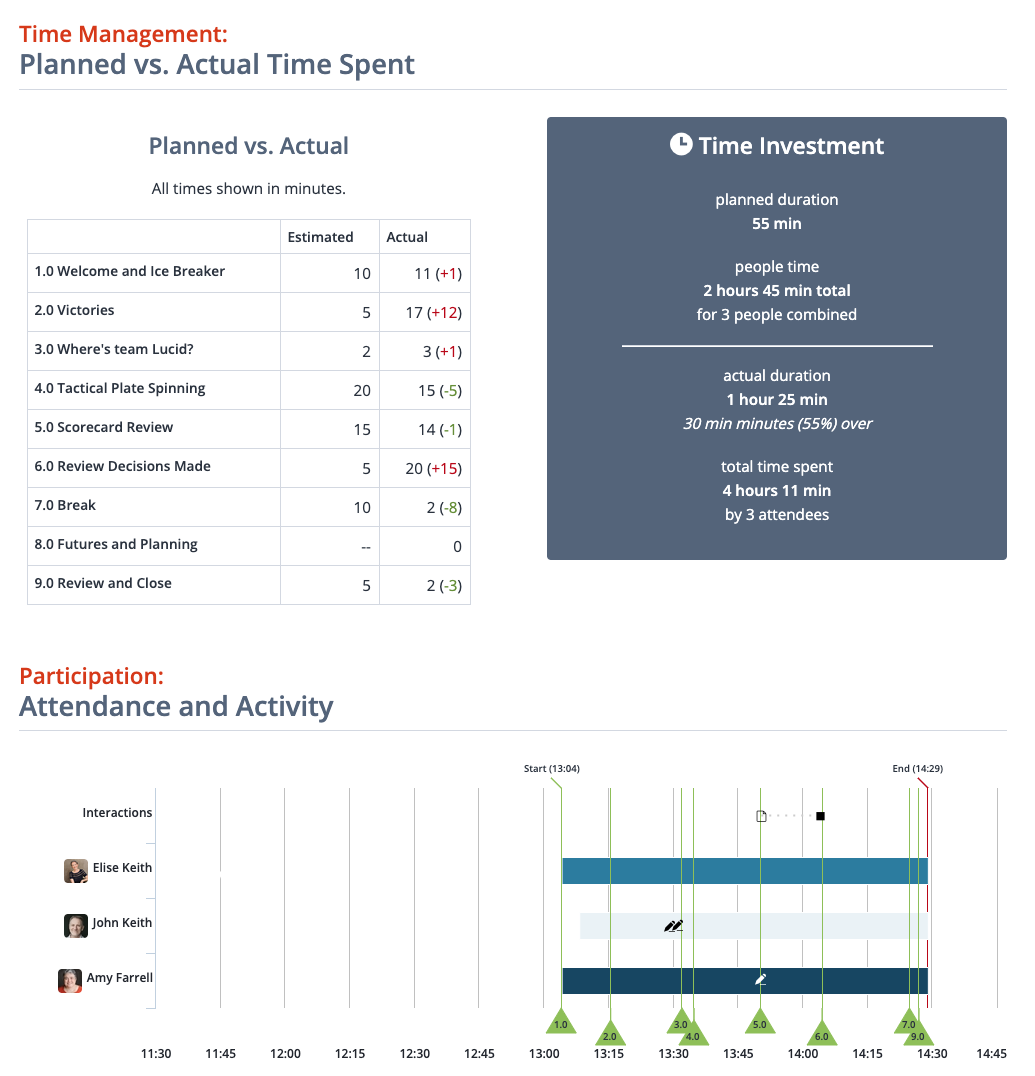
Meeting Feedback Surveys
In addition to the auto-generated meeting analytics, Lucid Meetings includes a basic plus/delta feedback survey for meeting participants. This survey is optional and can be disabled by default or on a per-meeting basis. But if you’re serious about improving your meeting performance, this survey is a great starting point.
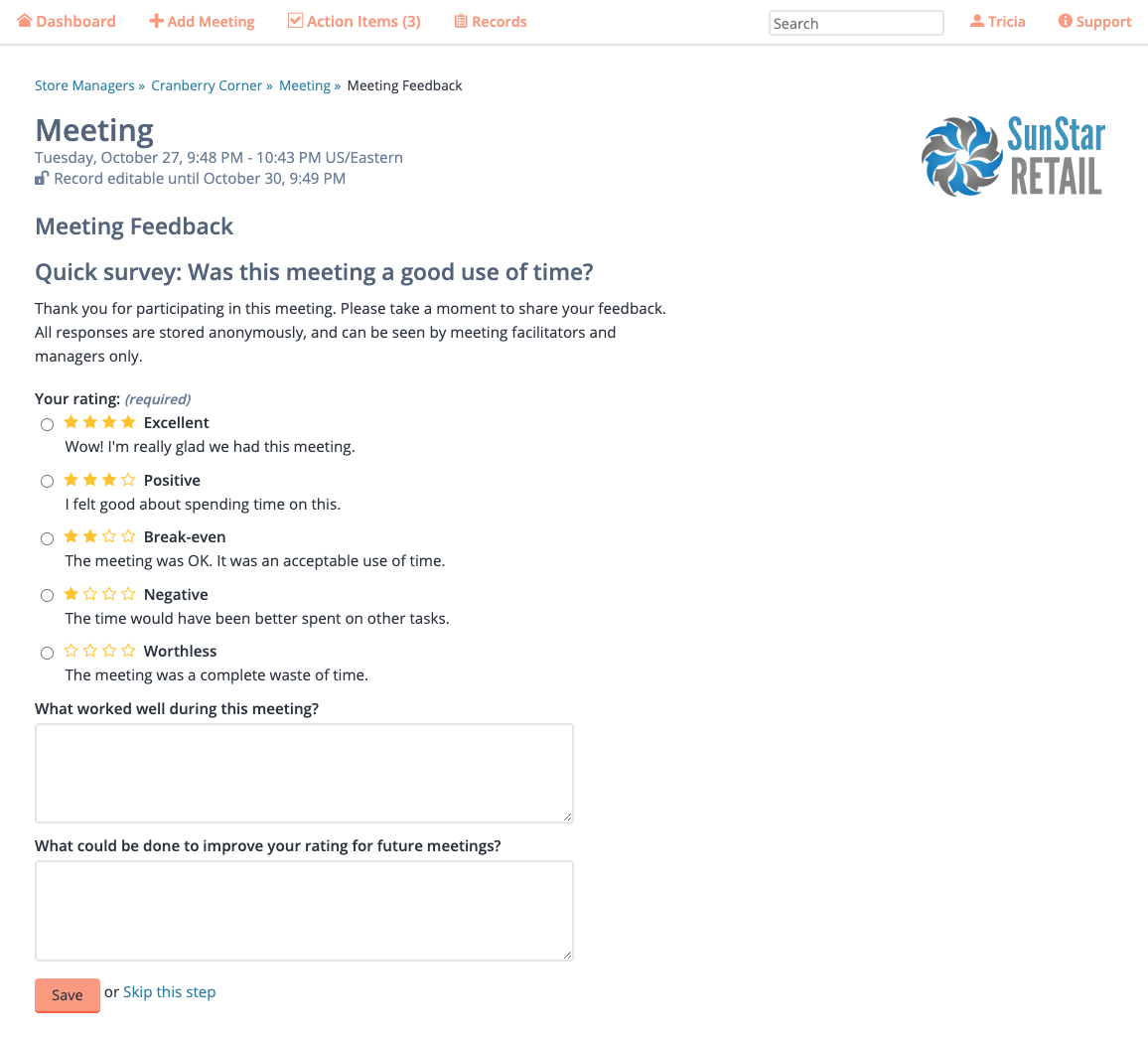
Integrated with Microsoft 365
When you use the Lucid Meetings Outlook add-in, you can schedule Lucid Meetings + Microsoft Teams meeting from the task pane in your Outlook calendar. Once you’ve created a Lucid Meeting using the add-in, our Outlook integration will automatically set up synchronization between Lucid and Outlook for that meeting.
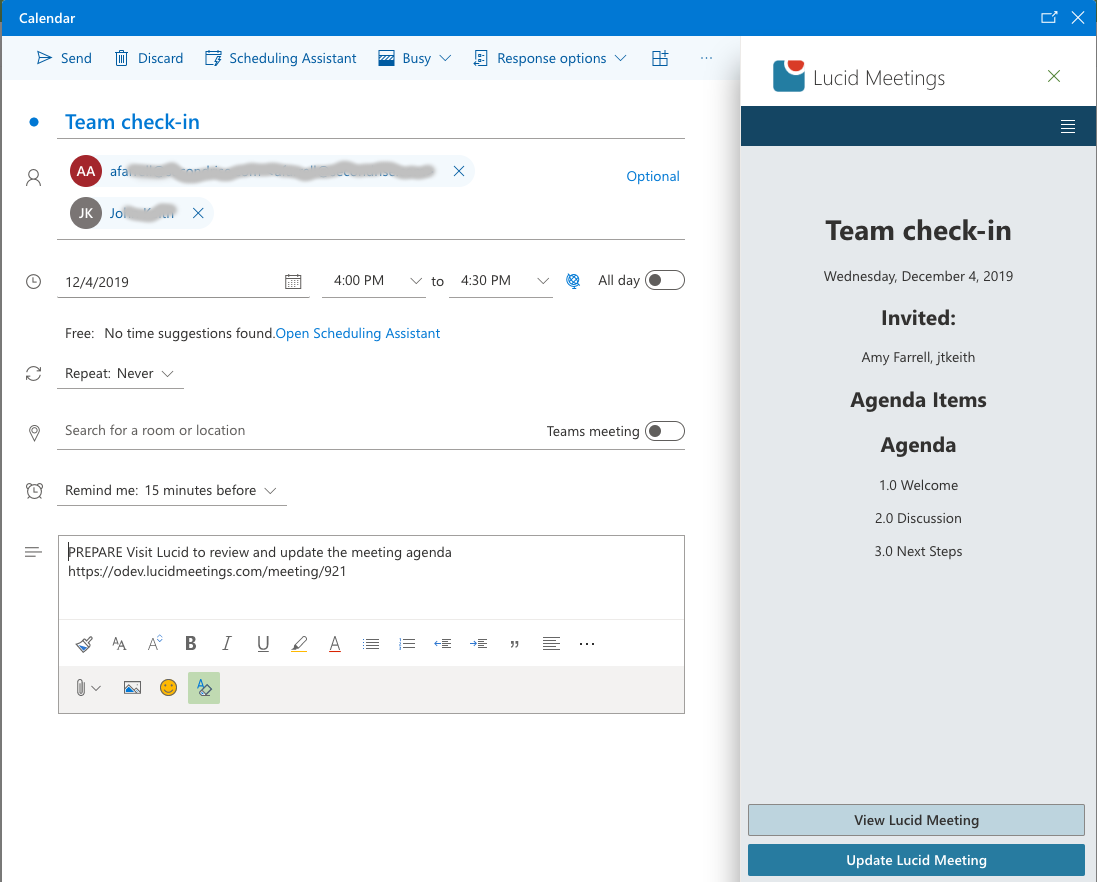
Integrated with Google Calendar
The Lucid Meetings Chrome extension provides full integration between your Lucid Meetings and Google calendars. With this extension you can automatically make any Google event a Lucid Meeting, with complete support for attendees, meeting templates, agendas, and more.
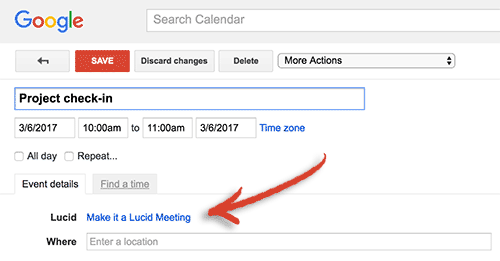
Integrated with Your Business Systems
We know it’s important that what happens in your meetings becomes actionable throughout your organization. Lucid Meetings has a growing number of integrations with key business systems, including Basecamp, Box, Dropbox, SmartSheet, and more.
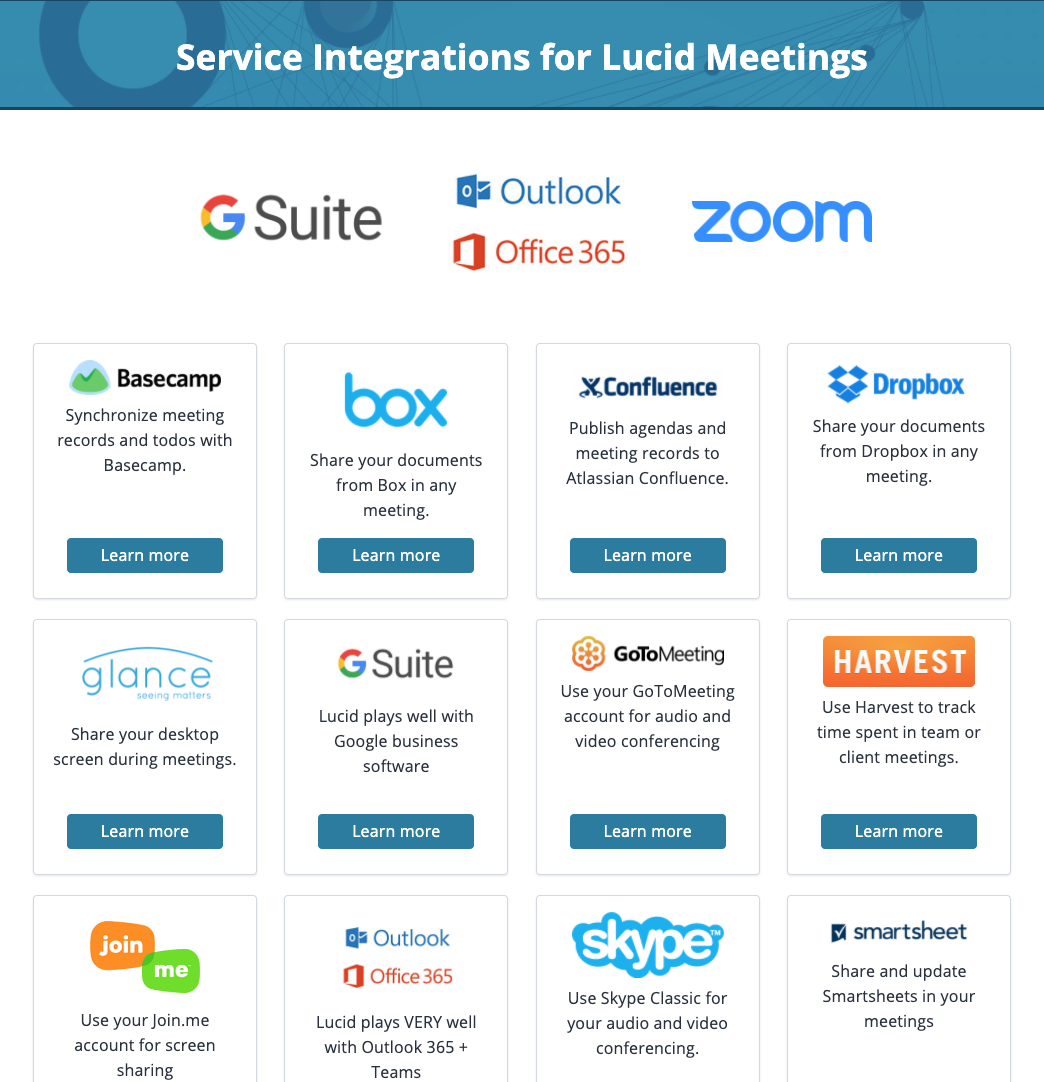
Integrated With Anything You Want
Software, especially online Software as a Service (SaaS), is not an island unto itself. The power and beauty of the internet really shines when we put it all together. This is why we provide a fully documented, programmer’s interface (our REST API) for extending the Lucid Meetings system. You have the keys to the Data Kingdom to do with it what you will.
No man is an island entire of itself; every man is a piece of the continent, a part of the main;
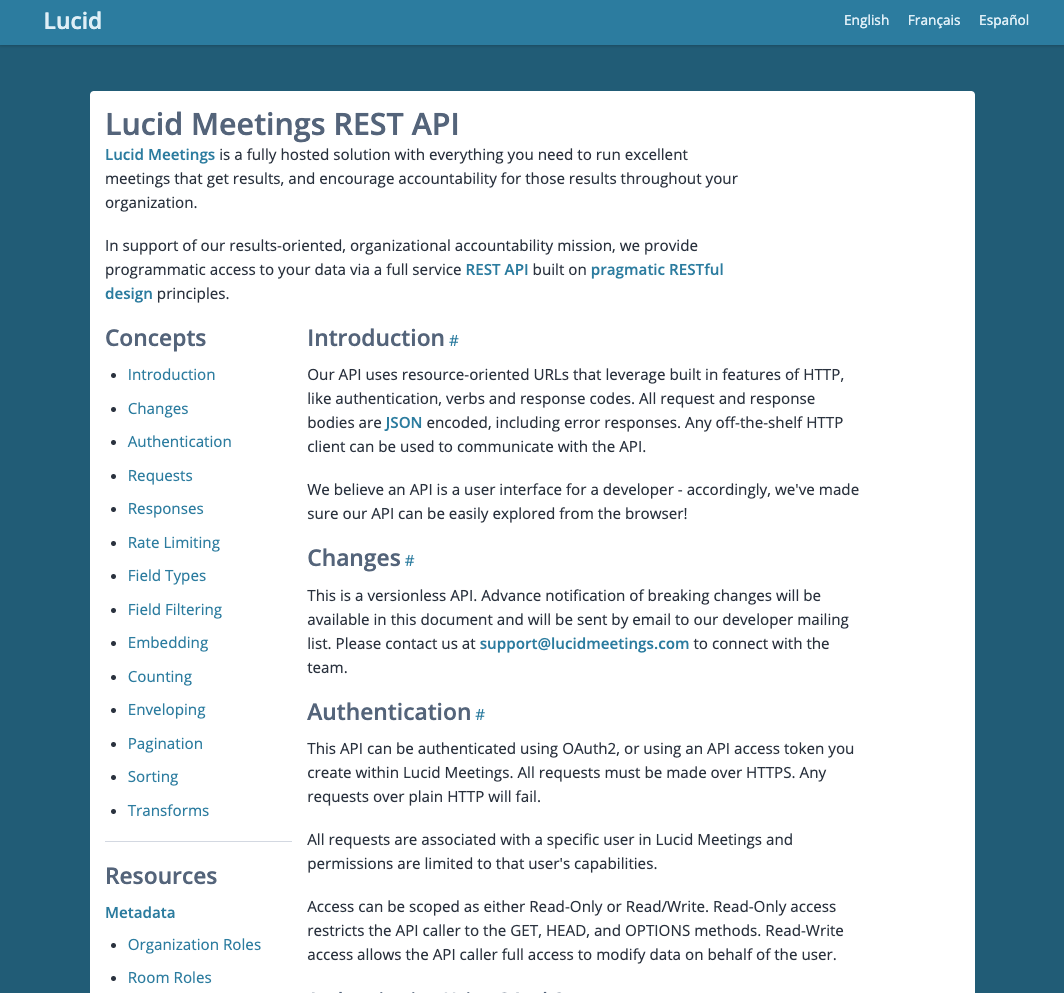
Screen Sharing, Audio Conferencing, and Transcription
Using Zoom, Microsoft Teams, or Google Meet are great options if they’re part of your native communication platform, but for a variety of reasons these options aren’t always available to everyone.
This is why Lucid Meetings includes built-in service integrations with Glance Networks (screen sharing), Turbobridge (dial-in + computer audio), and IBM Watson (audio transcription).
With these managed services, users can take advantage of the Lucid Meetings integrations to virtually eliminate setup and logistics challenges for running the real-time meeting experience.
Sometimes It’s About Control (i.e., Administrative Oversight)
At the organizational level you’re dealing with an entirely different set of requirements. The general message I’ve encountered is “It’s great if people can enjoy their meetings and get better results, but what about controls on the data???“
For any organization of a certain size, this question, “what about controls on the data???,” will come up. “Who has access to what information, and is that information protected and secure against exfiltration?” will surely be part of the discussion for any enterprise-level deployment.
General Roles and Permissions
The Lucid Meetings system enforces role-based permissions at the organization, room, meeting, and user level. These permissions both enable and constrain usage of system meeting data.
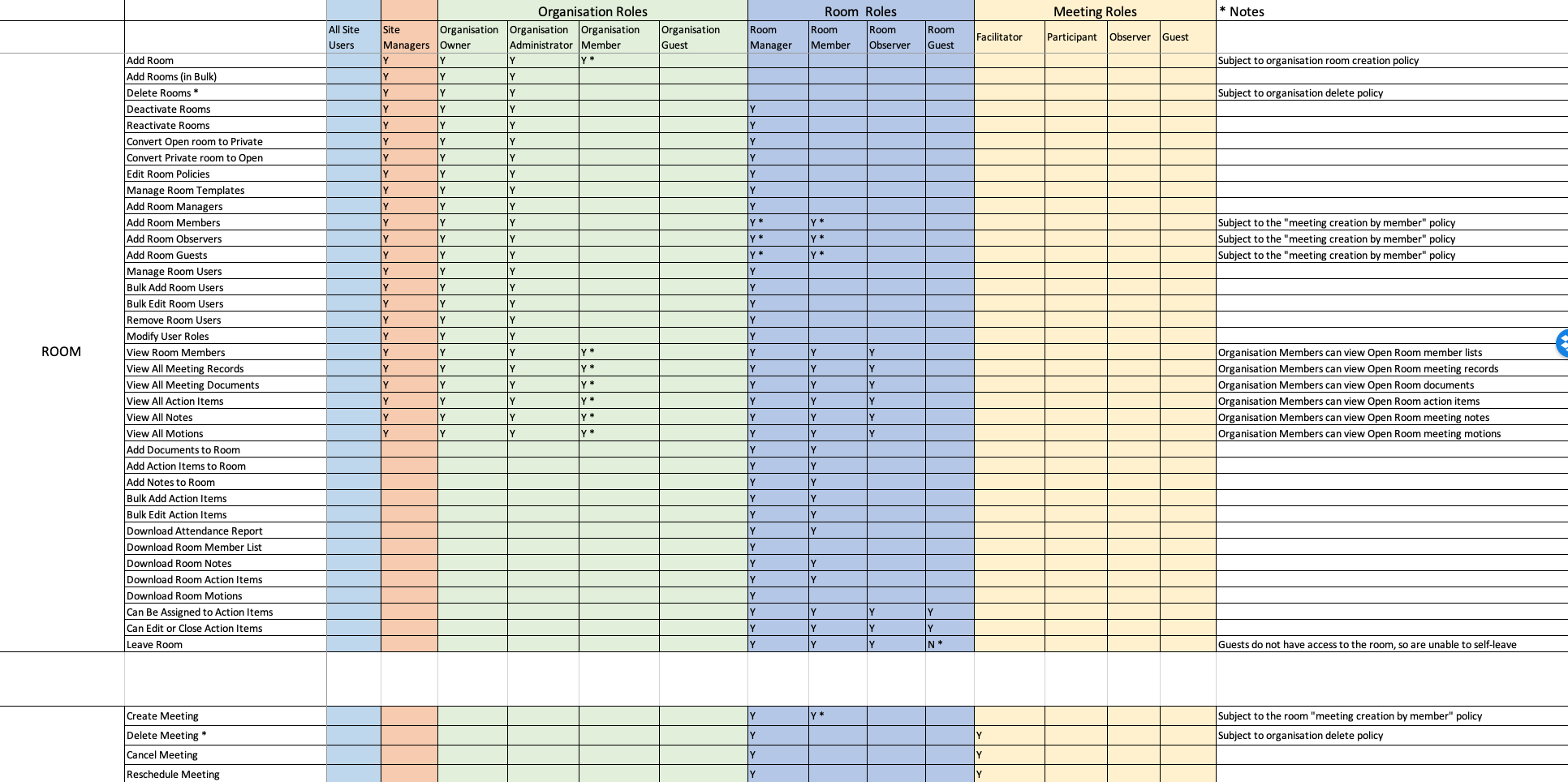
Organizational Data Policies and Permissions
As an organization administrator you have the ability to configure system-enforced rules on data editing and retention.

System-Level Controls on Data
It’s beyond the scope of this blog post to describe the full measures that Lucid Meetings takes to ensure information security.
Needless to say, the basic table stakes for software services in 2022 and beyond include full end-to-end encryption, encryption at rest, reviewed and trained information security (InfoSec) policies, independent third party security reviews, data processing agreements, and more. Much more.
We happily discuss our data security policies, procedures, and implementation with our Enterprise customers.
Knowledge: Going Beyond “The Meeting”
A Freely Available Template Gallery
In the Lucid Meetings system, every meeting has an agenda, even if that agenda is as simple as one item called “Discussion.” That’s not much of an agenda, however, so the system includes an extensive library of predefined meeting templates with facilitator guides and instructions for meeting participants.
Part of augmenting the human experience is providing access to knowledge and best practices. This not only shortcuts the meeting creation process, but also increases the confidence of meeting leaders to run an excellent and effective meeting.
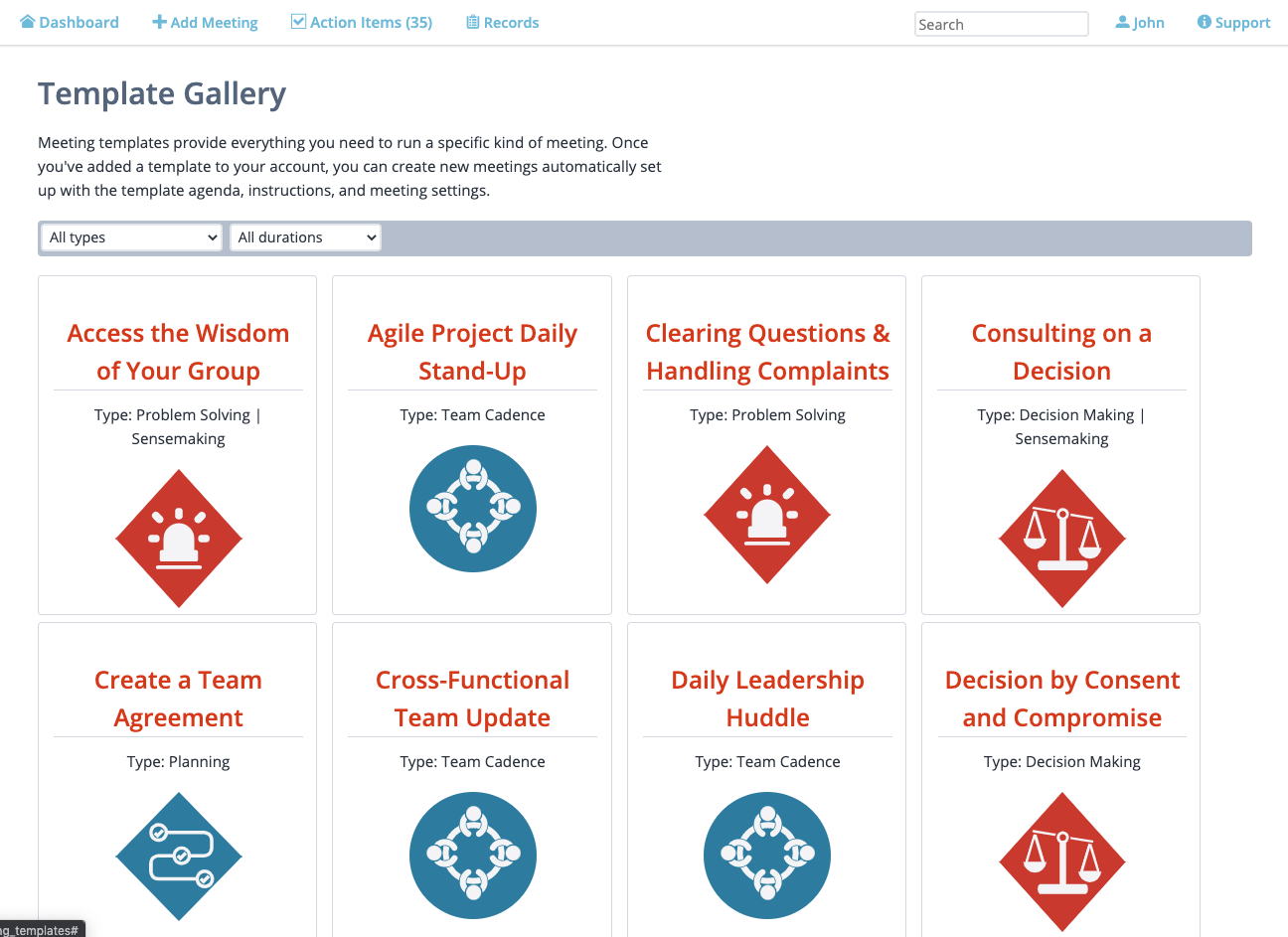
Meeting Guides From The Experts
Our built-in meeting guides teach you how to run the essential meetings that make or break your organization, courtesy of our resident meeting experts.
As a Lucid Meetings user, you’re free to browse through the collection to learn the tips, tricks, and techniques that make for successful meetings of any type. This goes for everyone in the system, as we believe in democratizing access to information to the greatest extent possible.
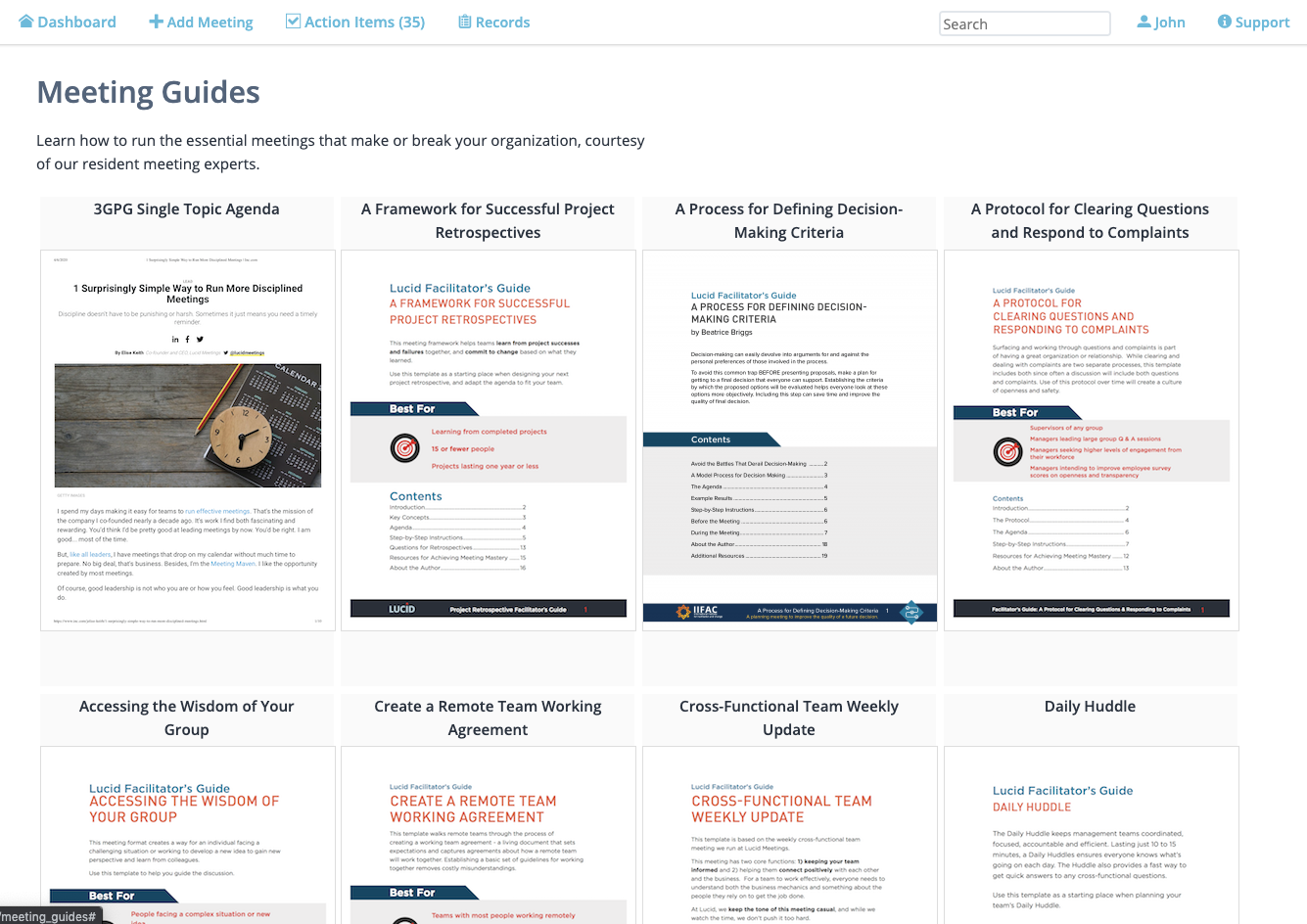
Resources for Running Great Meetings
While not embedded directly in the Lucid Meetings technology platform itself, we make our extensive and growing collection of Great Meetings resources freely available to anyone in the world.
Okay, Time to Wrap This Up
I’ve been thinking about this blog post for a couple years now. In some ways we’ve been forging new paths when it comes to meetings in the digital workplace.
Sometimes I think we’re still a bit too far in front of the adoption curve, but when I think about organizations that are really doing this well, perhaps we’re not. And when I think of organizations that are struggling… well, I wish we could connect sooner and help them avoid at least a few of the classic blunders.
We’ve been there. And we care, deeply, for your success.
One Last Thing
What are Augmented Meeting Services? They’re the processes, systems, and knowledge that make it easy for teams to run successful meetings, every day.
It’s what we do.
If any of these sound like you, we’d love to chat!
“I’m concerned about accountability, because the agreements made in meetings don’t seem to stick and the tasks assigned in meetings rarely get done.”
“Our organization has grown and the way we’re meeting is no longer adequate for our new scale of operations.”
“We need to establish new meeting systems to support a new business line.”
“Our organization has become subject to legal requirements for meeting records for the first time.”
“I’ve become overwhelmed trying to do it all, and need a way to entrust others with more responsibility for structured, repeatable meetings.
Curious? Learn more about Lucid Meetings or contact us to get started!


